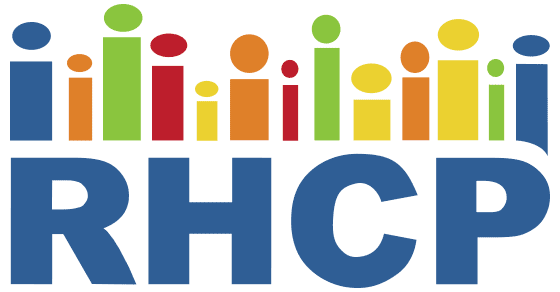In 2015, RHCP completed the Healthy Immigrant Families (HIF) project, during which community and academic partners co-created an intervention that was delivered to 44 Hispanic, Somali and Sudanese families in their homes by bilingual interventionists.
Read MorePatients with Limited English Proficiency (LEP) have lower rates of cancer screening than their English-proficient counterparts in the United States. Local clinic data in Rochester, Minnesota, mirrors the national trends, with wide disparity gaps for cancer screening among patients with LEP.
Read MoreRacial and ethnic minorities in the United States, including immigrants and refugees, have higher rates of diabetes, and worse outcomes than the general population. Stories told by people who live successfully with diabetes may improve the health of people who are having difficulty living with diabetes.
Read MoreWhile immigrant and refugee populations arrive to the United States healthier than the general population, these advantages disappear over time, partly due to adoption of unhealthy dietary behaviors.
Read MoreImmigrants and refugees arrive to the United States healthier than the general population. But, the longer they live in the U.S., the more likely they are to approximate the cardiovascular risk profiles of the general population, including increased rates of obesity, high blood pressure, high cholesterol, diabetes, and heart disease.
Read More
